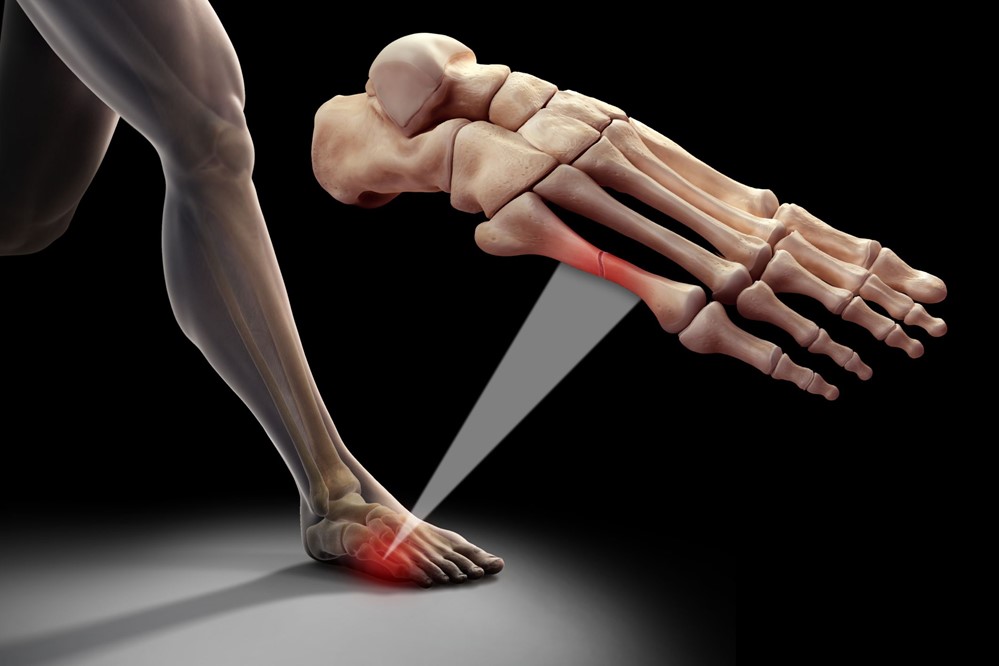
Foot Pain in Dance: When to Suspect a Stress Fracture
Foot Pain in Dance: When to Suspect a Stress Fracture
Stress fractures are one injury all dancers are keen to avoid! It can signal a significant period away from performing and in some cases can require surgery to help return to performance, they can sometimes be missed in the early stages and treated as something entirely different. With some research suggesting a 3 month period before diagnosis is achieved.
So what should make you suspect a stress fracture?
History of the pain:
• A sharp and non-graduated increase in training intensity, this could be an increase in intensity, volume or load of training.
• Reduced rest intervals, will alter your ability to recover and result in larger loads, intensity or volumes of training.
• Poor/reduced sleep can reduce bone health and increase risk of bone injury, as the density of bones can be affected due to lack of recovery.
• Increased stress can also reduce bone health due to hormonal changes in the body
Signs and symptoms:
• Pain on weight bearing activities such as walking, jumping or running, with the pain being located over an area of bone rather than muscle.
• Pain that increases with activity can also indicate a bone injury
• Pain that increases at night may indicate an injury such as stress fracture
• In an area of bone that is close tot he surface, there is likely to be swelling and bruising that all appear.
• On palpation of the area of pain, if you press on a focal area of bone and there is pain, rather than the pain being diffuse and spread over a larger area
• Intensity of pain (6/10 or more)
• When you are moving the joint the range of movement looks and feels the same as the other side, and when testing muscle strength it doesn’t recreate the symptoms and feels just as strong
At risk groups:
• Female athletes, especially young women taking park in impact exercise
• If you have had a previous stress fracture injury this increases your risk of another
• Low BMI can indicate precede bone stress injury
• Longer term reduced calorie intake, as this can affect mineral reabsorption post exercise
• Menstrual disruption can affect bone health
• Osteoporosis is a reduction in bone density increasing the risk of bone injury
• A history of osteomyelitis can increase the risk of bone injury
• Longer term steroid use can affect how calcium is used in the body, resulting in lower bone density
• Post pregnancy due to post pregnancy osteoporotic changes, sleep deprivation, increase stress levels, or sudden increased levels of exercise
How to diagnose:
If you have pain and fit into some of the categories above then the gold standard for identifying a stress fracture is an MRI as in the early stages an x-ray is not sensitive enough to pick up on changes to the bone, if however the pain has been present longer than 8 weeks then an x-ray may be able to identify the stress fracture.

